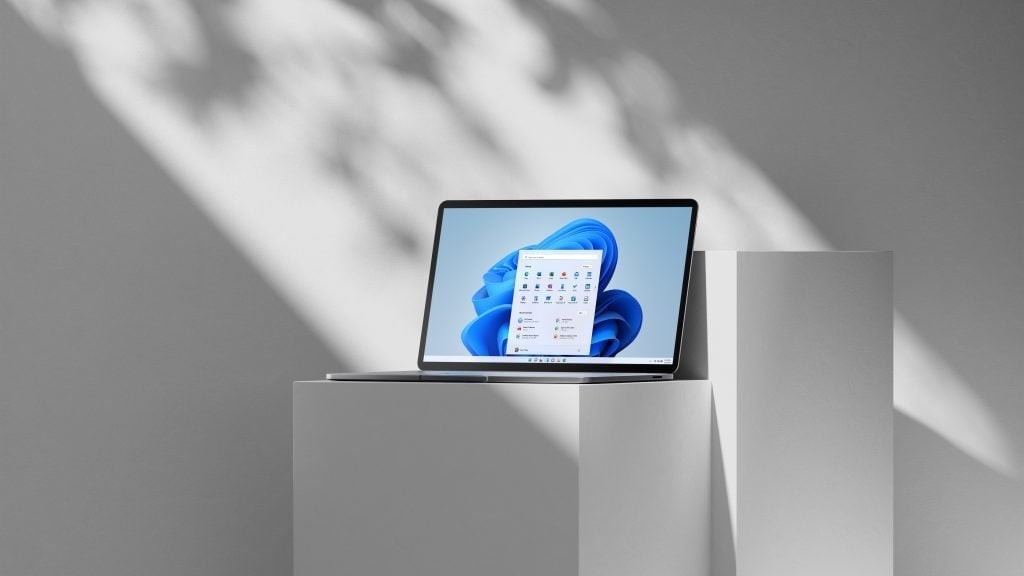
Microsoft has recently patched a widely-used workaround that allowed users to install Windows 11 on officially unsupported hardware. This move effectively enforces the company's strict hardware requirements for its latest operating system.
For nearly a year, users with older PCs have been able to bypass Windows 11's hardware checks using a simple command line trick. By entering '/product server' during installation, users could circumvent the verification process for TPM 2.0 (Trusted Platform Module) and other hardware requirements.
This method gave a new lease of life to many older computers, allowing their owners to upgrade to Windows 11 even when their systems didn't meet the official specifications. However, tech enthusiast Bob Pony recently discovered that Microsoft has closed this loophole in its latest Canary Build.
The patch, implemented in Windows 11 Insider Build 27686 (codenamed "Dilithium"), now blocks this popular bypass method. While the current Windows 11 24H2 version still allows the trick to work, it's likely only a matter of time before the patch is rolled out more widely.
This development is particularly impactful for users of older CPUs, such as obsolete Athlon and Core2Duo processors. These chips, while still capable of running Windows 11 efficiently, fall short of Microsoft's official compatibility list, which starts with Intel's 8th generation and AMD's Ryzen 2nd generation CPUs.
The TPM 2.0 requirement has been especially problematic for many users, as it's not available in older systems and can be difficult or impossible to add, particularly in laptops. This bypass allowed users to sidestep not only the TPM check but also RAM verification and other hardware checks.
While Microsoft hasn't officially announced this change, it's clear that the company is tightening its grip on Windows 11 installations. Users affected by this change may need to consider alternatives, such as:
- Continuing to use Windows 10 on supported builds
- Switching to Linux or other operating systems
- Upgrading their hardware to meet Windows 11 requirements
- Exploring the Windows 11 LTSC Enterprise edition, which has more lenient CPU requirements
As Microsoft continues to patch various bypass methods, users of older hardware may find themselves increasingly limited in their operating system choices. This move underscores the company's commitment to its hardware requirements, which it claims are necessary for security and performance reasons.
For now, users of unsupported hardware can still use the bypass on current Windows 11 versions, but they should be prepared for this option to disappear in future updates.